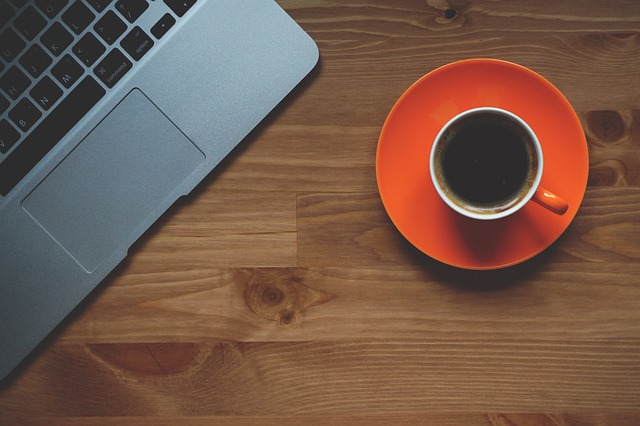

As working from home becomes more common during the pandemic, setting up a desk in your house can help you stay productive. But what desk should you choose?
Whether you’re looking for a simple divider to keep your stuff out of the office or want to create an elegant workspace, there are plenty of options to consider.
Roll-Top Desk
One of the most popular types of antique desks is the roll top. Often characterized by a rolling cover, these desks became popular in the last 1800s. These desks are packed with cubby holes, letter boxes and shelving, making them a great place to keep all your office supplies in one convenient place.
These desks were also built to be secure, which was important when the primary form of communication was via letter. These desks often had a lock on the front of the cabinet, preventing unauthorized access to the contents. They could also be bolted down to the floor for added security.
Another reason these old fashioned commercial office desks were so popular was because they were very functional. They offered a spacious surface for writing, and the rolling cover allowed users to work in privacy. This was ideal if you were working on a personal project or needed to meet with clients.
When shopping for a roll-top desk, look for visual clues to help you determine its age. For example, the type of wood used to build the desk can give you a good idea about its age. Early desks were often made from black walnut; white oak became the preferred wood toward the end of the 19th Century. You should also pay attention to the finish and whether the wood is close-grained or quarter-sawn, which increases durability and reduces warping.
Pedestal Desk
A pedestal desk has a flat rectangular working surface supported by two small cabinets or drawers. It may be framed with either a panel of leather (sometimes tooled with a pattern indented into the surface to emphasize it) or baize. This is often surrounded by cross-banding. It is also common for a central drawer to be placed over a knee hole area, sometimes with a modesty panel in front of it.
These free-standing desks were introduced in the Georgian era but became increasingly popular throughout the Victorian and Edwardian ages. They were normally made of quality woods such as Oak, Walnut and Mahogany with turned wooden handles. Some have a back that allows them to sit against the wall, while others have finished sides so that they can be placed in the center of a room.
Today’s desk pedestals are designed to fit a variety of office and home decor styles while providing plenty of storage space for important documents. Some even have wheels that can easily be pushed around the office and shared by different employees.
The pedestal desk is timeless, bringing an elegant touch to any home office or executive suite.
Bureau a Gradin
The bureau a gradin is an antique writing desk that has a few tiers of small drawers and pigeon holes built on the part of its surface. The pigeon holes and drawers generally face the user, but they can also surround the back and sides of the desk in a U-shaped pattern (see the Carlton House Desk form above). A more compact version is called a bonheur du jour.
Jean-Francois Oeben invented this unique desk type in 1760. It had a chest of drawers at the bottom and a stepped-back hutch above with shelves. Its distinctive feature was that it had flexible slats fixed on the shelving that rolled down like a window shutter to cover the desktop and hutch when not in use.
Davenport Desk
Known for its slanted top and storage compartments, the Davenport desk has been in style since the 19th Century. It’s said to be named after a British military captain who conceived it in coordination with a furniture maker, although there is no proof of this. The name stuck, and the term “Davenport” has come to refer to any hinged desk.
A Davenport has a sloping hinged lid that lifts to reveal a large surface for writing supplies and smaller spaces in the form of drawers and pigeon holes. The drawers usually open on the side rather than the front, which gives them a more streamlined look. This makes the Davenport an excellent choice for rooms where space is limited.
Antique davenports are often made of wood, such as mahogany or walnut. They can also be carved and ornamented with swirls, animals and flowers. The front legs of these desks are thick and often decorated, typically curved in a manner resembling a sleigh’s legs.
. There are many versions for sale, including older ones dating from the 19th Century and newer versions made as recently as the 20th Century. These pieces were constructed with extraordinary care, using unique materials such as wood, walnut and animal skin.





